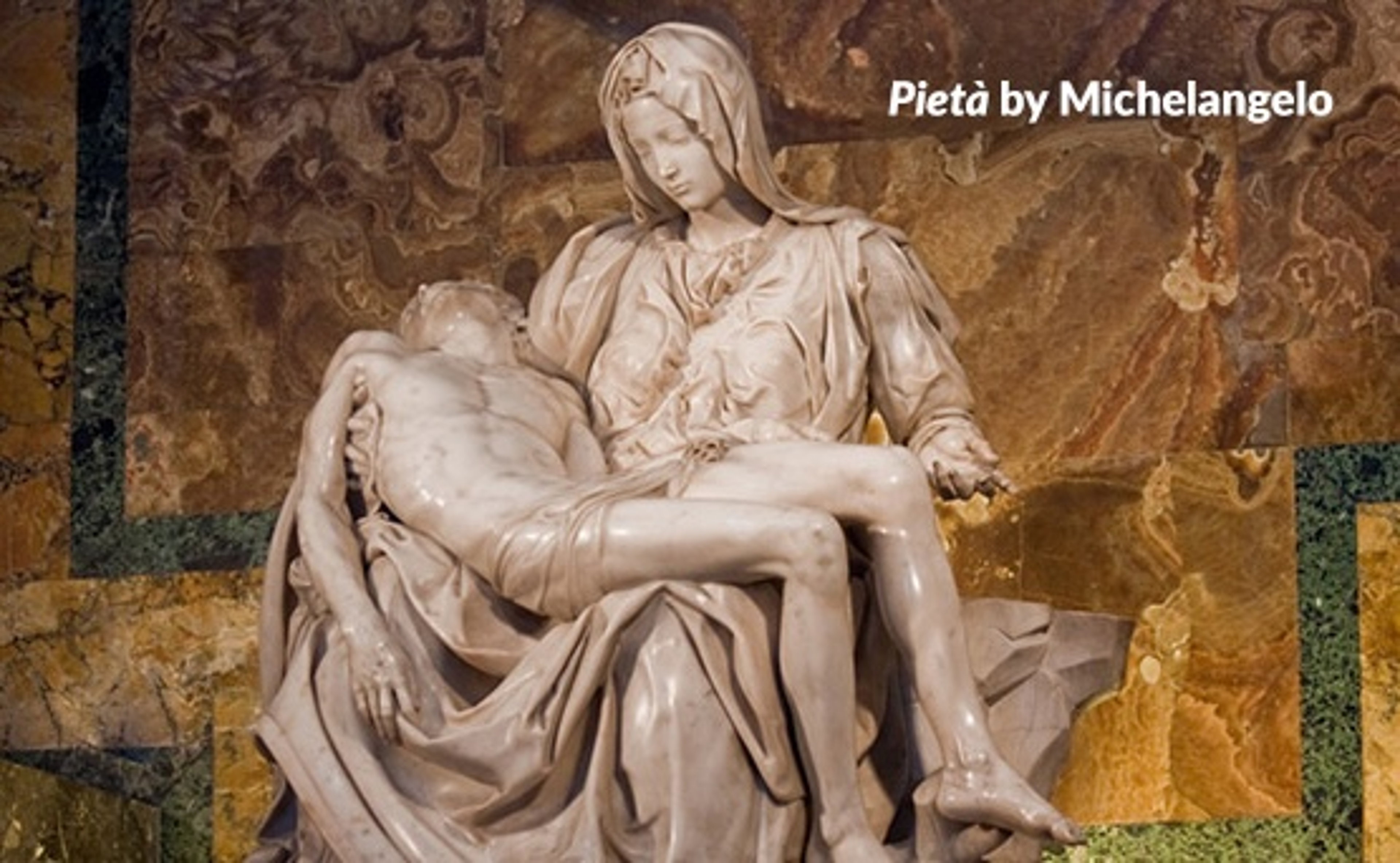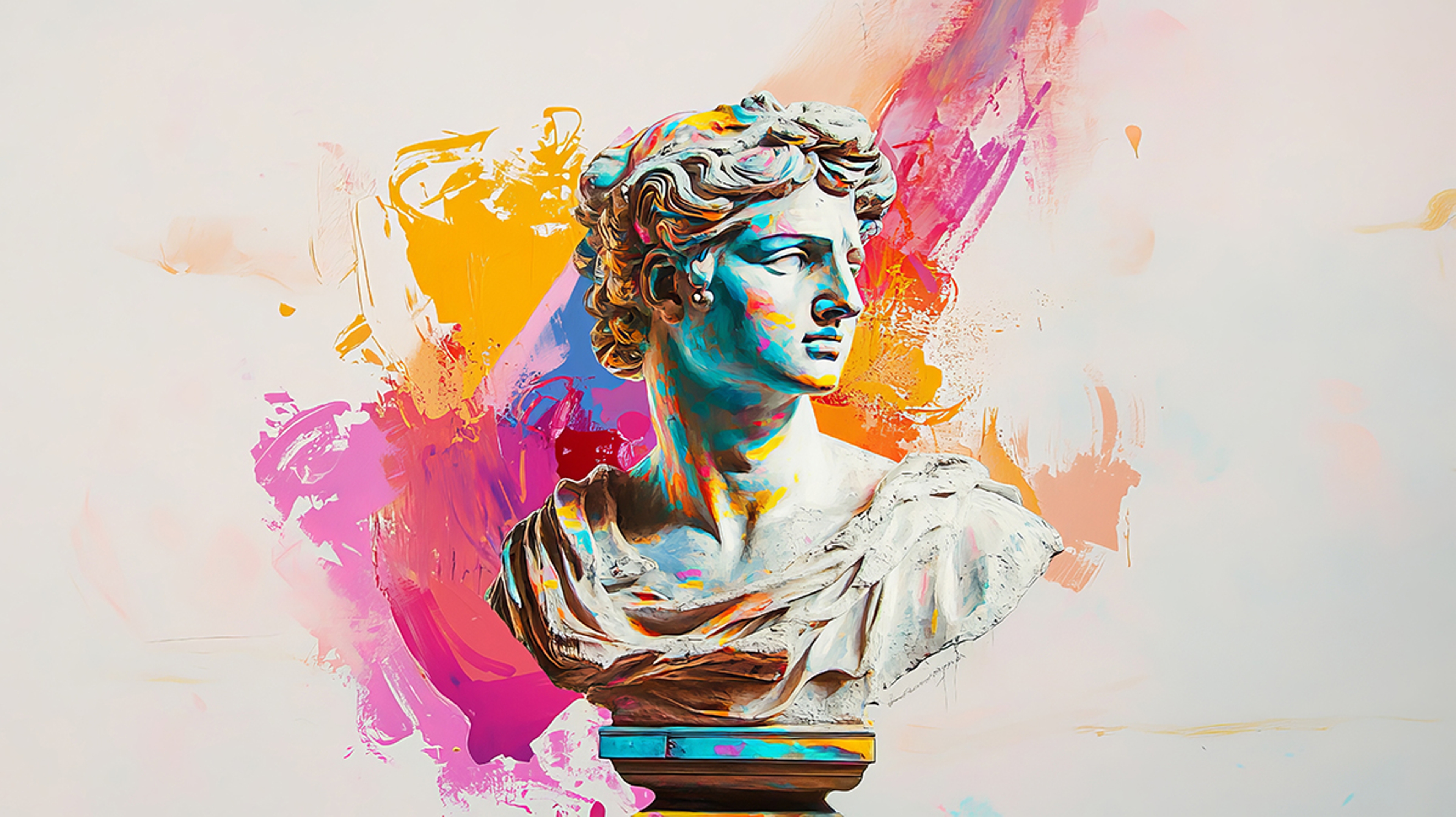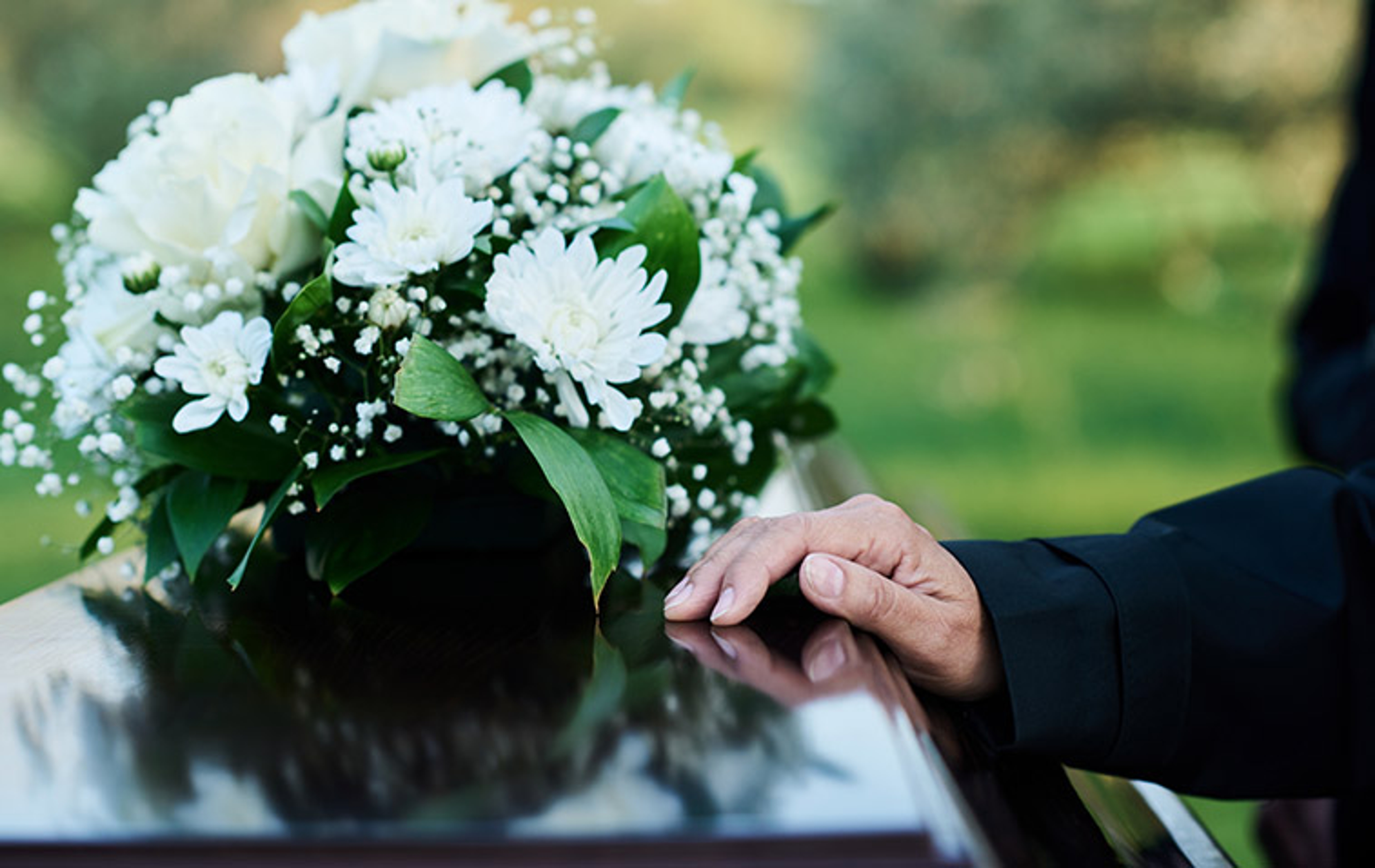What Great Art Reveals About Life, Death & Everything in Between
Art and music help us make sense of life — and its inevitable end.
Apr 06, 2025
Written by our Founder and CEO, the Celebrations Pulse letters aim to engage with our community. By welcoming your ideas and sharing your stories, we want to help you strengthen your relationships with the most important people in your life.
Back in college, I took a literature class that required us to read all 1,400 pages of Leo Tolstoy’s War and Peace. The epic masterpiece was dense, but it offered a sweeping and occasionally exciting account of the Napoleonic Wars through the lens of Russian society.
To be honest, the specifics of 19th-century war (and peace) haven’t proven particularly useful in daily life. But one scene (spoiler alert!) still echoes all these years later: the death of a major character, Prince Andrei Nikolayevich Bolkonsky.
Wounded in battle, Prince Andrei survives long enough to reunite with his fiancée, Natasha. Dozens of pages later, his injuries take their toll. In his final moments, Tolstoy’s all-knowing narrator draws us into Andrei’s inner world.
He imagines death as a force pressing against a door he's desperately trying to hold shut. Eventually, the door opens, and, in that moment, he realizes that death isn’t an endless sleep, but an awakening. That metaphor reshaped my thinking about death and everything that comes before it.
Art & the big questions
There’s something magical about a great work of art. Whether a book, painting, sculpture, or a piece of music, art has a way of reaching into our hearts and stirring emotions. It helps us reflect on life’s biggest questions: Why are we here? What comes next? What gives life meaning?

Artists try to help us make sense of life’s mysteries, sometimes by asking questions and sometimes by providing answers. Picasso’s Guernica captures the anguish of war. Klimt’s Death and Life reminds us how precious and fleeting our days are. And Dalí’s The Persistence of Memory, with its melting clocks, asks us to rethink our relationship with time itself.
A few years ago, I visited Rome with my wife, Marylou. As part of a small tour of St. Peter’s Basilica, we were invited behind the protective glass to see Michelangelo’s Pietà — the 525-year-old sculpture of Mary holding her son after the crucifixion. Nothing could have prepared us for the stillness and beauty of that moment. Mary’s face was serene yet full of sorrow, but it also radiated grace, acceptance, and peace. We both felt it. Our entire group did. Later, over dinner, we all talked about the same thing: the deep calm we experienced in front of that sculpture.
Music, too, has its way of reaching the soul. If you’ve ever listened to Mahler’s “Symphony No. 2,” you know what I mean when I say it feels like a journey from the rawness of death to a new beginning. And it’s not just classical music. One of my favorite songs, “Fix You” by Coldplay, is a beautiful reflection on grief, healing, and hope.
A conversation with a great artist
What is it about art that stirs something so deep within us? How is it that a painting, a piece of music, or a poem can help us make sense of the world and understand our place in it? I’ve often wondered if great artists see something the rest of us miss.
To explore that idea, I spoke with renowned contemporary artist Drue Kataoka, whose work often explores the complexity of the problems we face today. In our conversation on this week’s Power & Impact podcast, Drue offered a powerful thought:
“Great art is an invitation to a new thought, a new emotion, a new connection. It engages both the emotional and the intellectual. The best works weave those elements together and create a new chain of thinking. It’s a cascading series of emotions you’ve never experienced before.”
Drue goes a step further. She notes that many great artists lived long, productive lives, and she believes their way of thinking about the world may be the reason. Michelangelo, for instance, lived to 88 and worked under 13 popes,and Degas reached 83 – both far beyond the average life expectancy of their times. Dali, Matisse, Monet, O’Keefe, and Picasso kept creating into their 80s and 90s. [Side note: Pablo Picasso died 50 years ago this week on April 8, 1973.]
These artists were deeply attuned to the brevity and fragility of life. As Drue told me, their awareness of mortality didn’t hold them back, but, instead, fueled their vision. It kept them grounded in the present and conscious of the legacy they were shaping.
A question for us all
Great paintings, sculptures, literature, and music serve as mirrors, reflecting our deepest fears, hopes, and questions about life and death. They invite us to explore the unknown, confront our mortality, and find beauty and meaning in the transient journey of existence, and help us reflect, feel, and connect more deeply with ourselves and the people around us.
As Drue says, great art is the creator’s answer to the question, “How do you want to be remembered after you die?” It’s something we don’t ask ourselves every day, but maybe we should.
Art encourages us to wrestle with the fact that we’re a very small blip in a very large place. It reflects our fears and our hopes. It comforts us, challenges us, and reminds us to live with intention. And it forces us to ask ourselves: How can we make a difference in our short time here?
All the best,
Jim














